2017 GEC Catalyst Awards
2017 GEC Catalyst Awards
2017 Catalyst Award Winners

Sourcemap Inc. Supply Chain Transparency Community
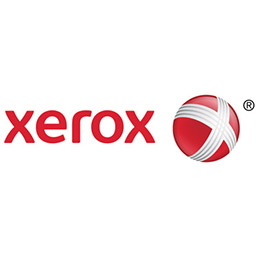
Xerox Corporation Optimizing a Reverse Logistics System
2017 Catalyst Award Finalists
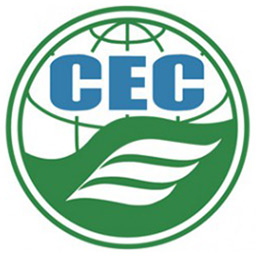
China United Environmental Certification Center
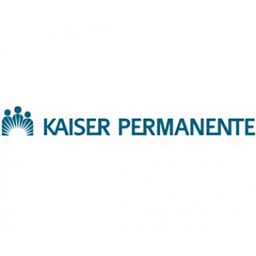
카이저 퍼머넌트
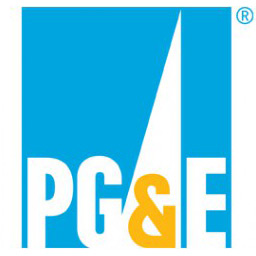
Pacific Gas and Electric
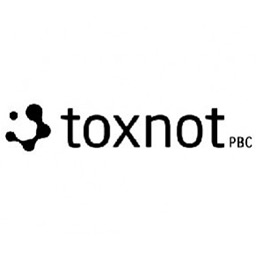
toxnot PBC
Customers, retailers, and name brands are demanding chemicals transparency from their manufacturers and supply chains. Manufacturers must meet these requests or lose their largest customers, e.g. Walmart, Google, and LEED builders. Without supply chain transparency, manufacturers risk lost sales and legal costs. Today, manufacturers spend a lot of money hiring consultants to survey suppliers and produce one-off transparency reports. toxnot’s software solution reduces manufacturers’ costs and risks by automating the chemical transparency process with: (1) Fast, searchable access to the world’s best chemicals hazards data. (2) Seamless supply chain data collection. (3) Automated transparency reporting for multiple industry standards toxnot is a web based software solution that supports manufacturers and suppliers of all sizes in selecting preferred chemicals and automating the product reports required by their customers. toxnot provides a freely accessible chemical hazard database as well as best in class subscription tools for supply chain data collection and product reporting. toxnot is quickly becoming THE source for chemicals hazard data. Our ‘software as a service’ subscription tools provide the easiest and lowest cost path to generating product transparency reports. Customers can access chemicals hazard data for free and purchase modular subscriptions starting at $49/mo to access reporting and supplier survey tools. toxnot is the first transparency software that is fully accessible to all business users regardless of their company size. It is also the first solution to incorporate workflows for the two most difficult issues (data collection and reporting) for users in one software solution: Toxnot combines supplier data collection directly with a full chemical hazards database and reporting engine so that users can manage the entire product transparency reporting process from one place. In addition, toxnot provides its searchable database free to anyone – the first service to make complete hazards data available to all. Our business model offers free access to our chemical hazards database, allowing all supply chain participants to drive better product design outcomes. We are the only source for free access to GreenScreen List Translator scores, the predominant method for communicating chemical hazards in product reporting. Our solution seamlessly integrates with companies’ Bill of Material and formulation systems, importing product data directly into our reporting engine, and drastically reducing the time and cost of reporting. Suppliers skip tedious web forms and quickly import their data to submit to their customers. toxnot protects proprietary chemicals while still allowing suppliers and manufacturers flexibility to see hazards and run products against changing compliance lists without having to recollect data from their suppliers. Our service was engineered from the ground up for scalability – it works across different device sizes, from phones to desktops, and can scale to hundreds of thousands of users.


